Edible umbrella varieties can often be found in mixed and deciduous forests throughout the country. Some poisonous species, which have a significant resemblance to a real umbrella, sometimes live next to them.
That is why they are collected only by experienced mushroom pickers, because it can be difficult for beginners to distinguish a poisonous specimen from an edible one. The variegated mushroom is highly regarded by culinary experts for its excellent palatability. It is considered the most delicious and fragrant among the varieties of umbrellas.
Content
Characteristic features of the variety
This copy is a striking representative of the Champignon family. The fetus got its name due to its striking resemblance to an open umbrella.
Appearance and photo
The appearance of a motley umbrella differs significantly from relatives of this species. The fruit grows quite large and has a thick stem.
The photo clearly shows that the hat is covered with angular scales of brown color, which are easily removable. An important detail in the description of the fungus is the membranous ring, which is located on the leg closer to the cap.
Structure and species differences
Distinctive features of the umbrella are:
- The diameter of the cap varies between 20-35 cm. In young individuals, it is spherical, opens up as an umbrella as it grows, and the edges may remain slightly bent. In the center of the cap you can often see a small dark tubercle. The skin is fibrous and has a brownish-gray color. The plates reach a width of 2 cm. They are densely arranged and have a white color. In adult fruits, the color of the plates is beige or cream.
- The length of the cylindrical leg is from 10 to 40 cm, and the thickness is from 1 to 4 cm. The leg is stiff fiber, hollow and has a spherical thickening near the base. The color of the legs of the young specimen is brown, and eventually becomes light brown and becomes covered with brown scales. A membranous ring is formed on the leg, which easily moves up and down.
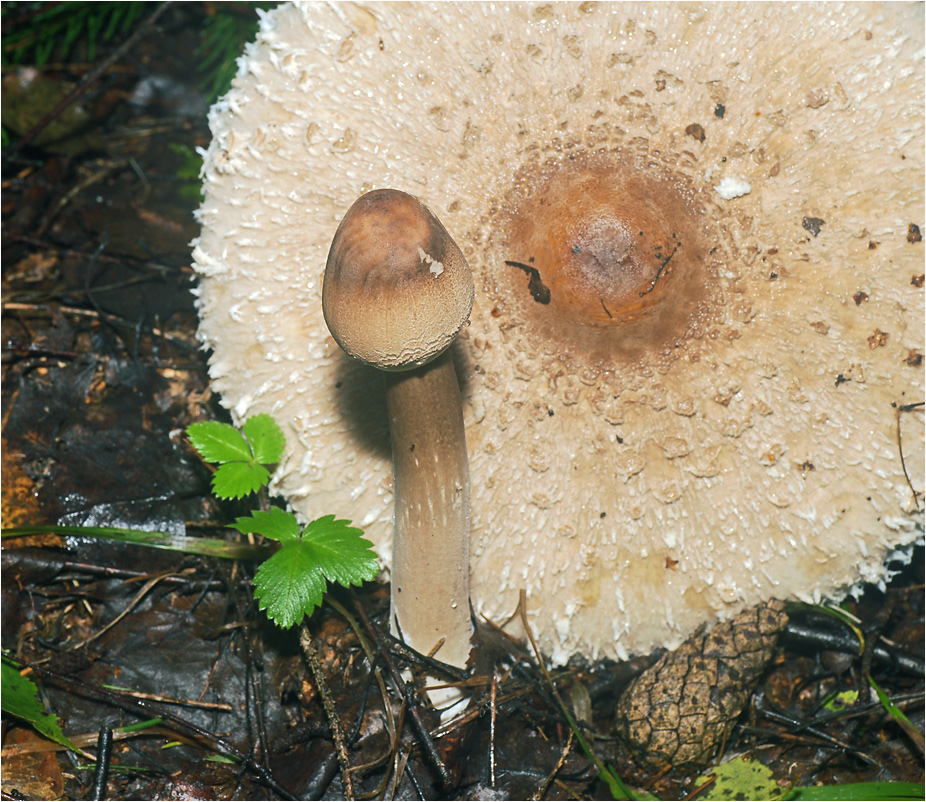
Mushroom leg - The young mushroom has a fleshy-fleshy pulp, which hardens with age. The color of the pulp is white or light shades. The cut points do not change color. The pulp has a weak mushroom aroma and nutty flavor.
- Ellipsoidal spores, 15 × 10 μm in size, have a smooth surface. The term laminae of the correct form, consists of thin-walled colorless hyphae that reach a diameter of 7-15 microns.
Habitat
This mushroom loves sandy soils. Grows in deciduous and mixed forests, at the edges, clearings and clearings. This species is most common in the northern temperate climate. In Europe, it can be found everywhere. The mushroom lives in Asia, North America, South America and the islands of Madagascar, Cuba, Sri Lanka.
Eating
Hats previously cleaned from scales are used for preparing a wide variety of dishes. The leg of the edible fruit is fibrous and very stiff, so it is not eaten. The taste of the finished product is very reminiscent of a close relative - champignon.
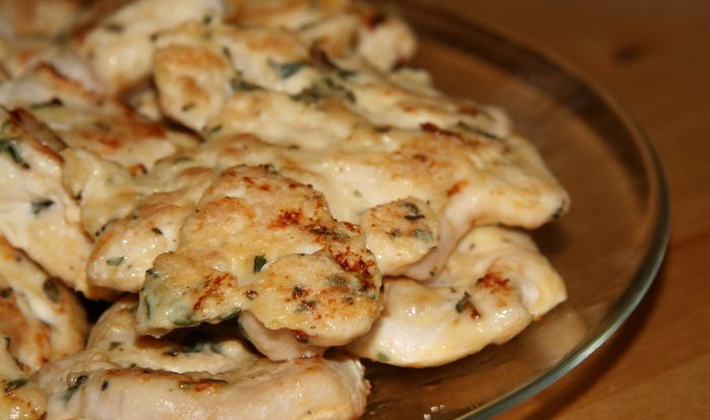
Umbrellas are very popular among French gourmets, who cook them in a pan with oil and herbs. The disadvantage of the fetus is that it has the ability to fry heavily.
Rules and gathering places
You can “hunt” for this fungus from the second half of June until November.Experienced mushroom pickers know that the most suitable container for collecting forest gifts is a wicker basket, because in packages and buckets the harvested crop will quickly deteriorate.
This instance grows in almost all the forests of the middle zone of our country. It can be found even in vegetable gardens and forest parks.
Difference from false, inedible mushrooms
Beginners are not advised to collect this type of forest gifts, because it has several doubles, among which there are poisonous species. Edible counterparts are an elegant and blushing umbrella. But these species are much smaller, and the blushing mushroom is characterized by a “shaggy” hat and a blushing cut.
The poisonous double chlorophyllum lead-slag looks very much like an umbrella mushroom. His hat is painted white and covered with brown scales with a pink tint. The smooth leg becomes brown when damaged. The white flesh in the places of the cut acquires a reddish tint, there is no taste or smell.
Another specimen - dark brown chlorophyllum - refers to poisonous false umbrellas. He has a scaly fleshy hat of a brown hue. Young individuals have a white leg, which becomes brownish gray as they grow older. The pulp is white; when cut, it acquires an orange or light red hue. Unlike false mushrooms, the umbrella leg has a three-layer ring that can be easily moved along the leg.
Useful properties and restrictions for use
Umbrellas are low-calorie foods, so they are used for diabetes, obesity and are included in a variety of diets. In folk medicine, tinctures and extracts from this fetus are often used. It is advised to include this product in your diet for diseases of the cardiovascular and nervous system, rheumatism.
The composition of the fungus includes the following useful substances:
- phosphorus, sodium, calcium, potassium, iron;
- vitamins E, K, C, B;
- arginine;
- melanin.
Despite its beneficial properties, the product can cause a severe allergic reaction. In case of individual intolerance, these fruits should be excluded from the diet. Refuse to use mushrooms is also advised to people who suffer from chronic diseases of the gastrointestinal tract, pancreatitis, pregnant and lactating women, children under five years of age. It is important to remember that it is necessary to collect forest harvest away from roads and industrial zones, because mushrooms accumulate harmful toxins.
Recipes and cooking features
Unlike most representatives of the mushroom world, which are cooked whole, they only eat hats of variegated umbrellas. The legs can be thrown out or dried to use as a fragrant mushroom seasoning.
You can cook fruit caps in a frying pan. This dish is prepared simply and quickly, and the taste of mushrooms will be appreciated by all households. Mushrooms do not need to be boiled beforehand; they are cleaned of forest debris, washed and the legs removed. The following ingredients are prepared for cooking:
- 700 g of umbrellas;
- two eggs;
- two onions;
- three tbsp. tablespoons of flour;
- 200 g of grated cheese (hard);
- 100 ml of sunflower oil;
- ground pepper and salt to taste;
- parsley and dill for decoration.
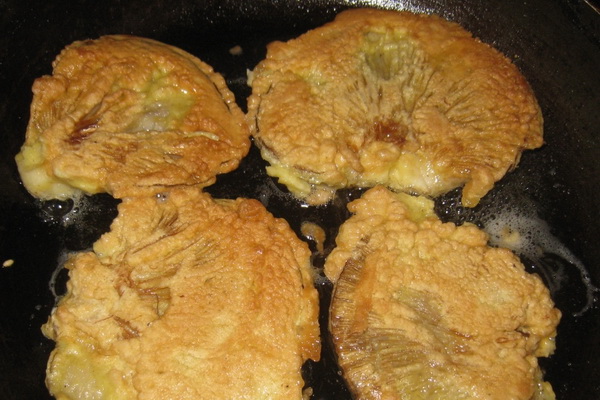
Beat flour and eggs until smooth, add salt and pepper. The hats are cut in half, dipped in a prepared mixture and spread on a heated frying pan.Fry on both sides over low heat until golden brown. Bulbs are cut into small cubes and spread on one side of the hat. Sprinkle with cheese on top, cover and stew for another 10 minutes. When the cheese melts, you can remove the hats. The finished dish is sprinkled with chopped herbs on top.
For the next recipe, young mushrooms should be taken. The dish is designed for five servings, and it should be served with pasta or potatoes. For baking in the oven you will need such components:
- 10-12 caps of umbrellas;
- three eggs;
- 200 g of grated cheese;
- three cloves of garlic;
- salt and breadcrumbs.
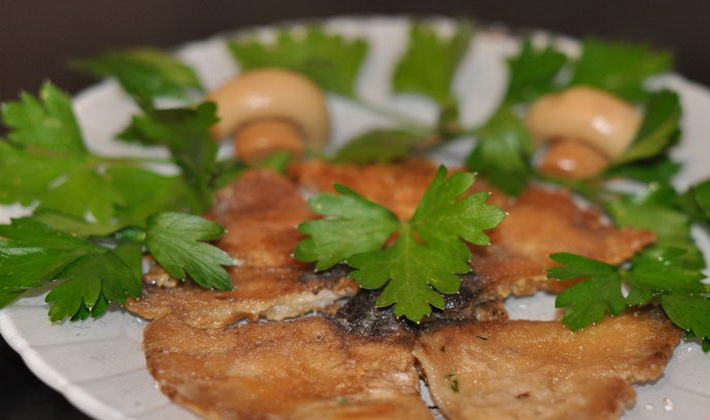
Hats are cleaned of debris, washed, and large specimens are cut into pieces. Beat eggs in a bowl, salt and pour chopped garlic into it. Hats roll in egg mixture, and then in breadcrumbs.
The baking dish is covered with parchment, the fruits are laid out and put in the oven preheated to 180 ° C. Bake the dish for 15 minutes. The baking sheet is removed from the oven and the hats are sprinkled with cheese. The dish is again placed in the oven for several minutes until the cheese is melted. Serve the baked hats preferably hot.
Answers to Common Questions
Although this mushroom is known to many mushroom pickers, there are still questions that concern the "hunters" who brought umbrellas home. Consider the most common of them:
A motley umbrella can be quickly and tasty cooked, because this species is considered a delicious delicacy. But it is important to remember that “hunting” for forest fruits should be in the company of experienced mushroom pickers, because there is a risk of confusing an edible umbrella with poisonous specimens.

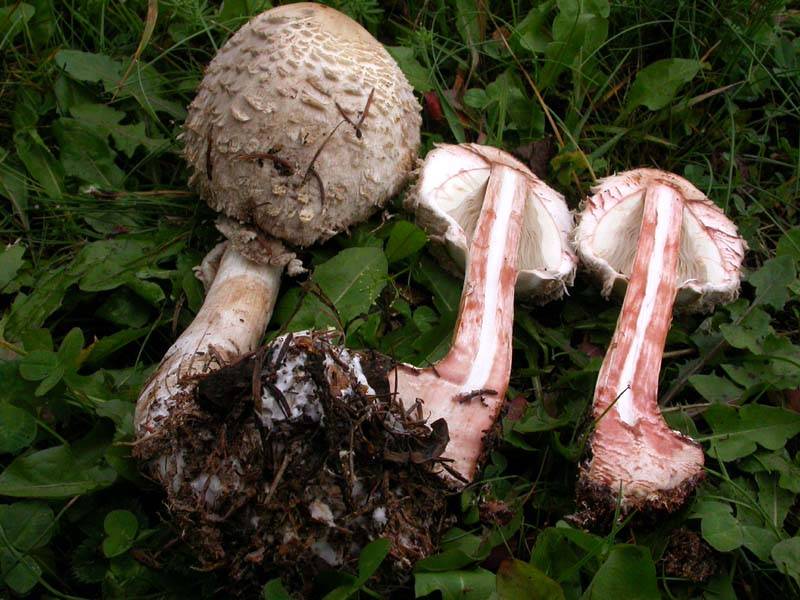
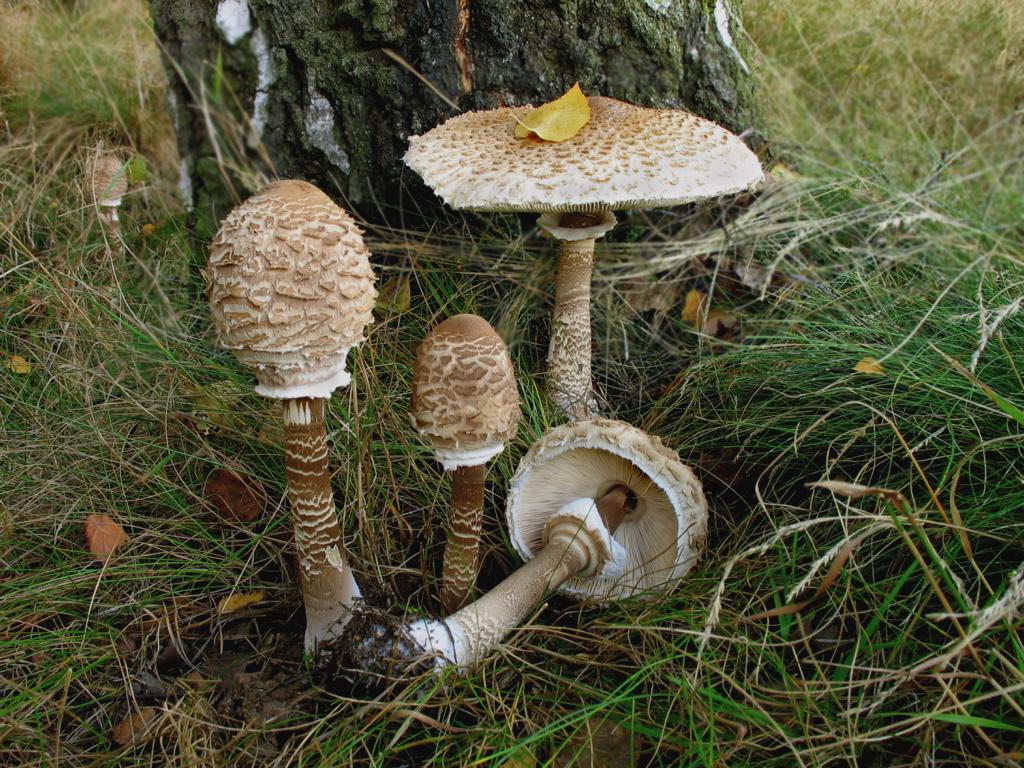
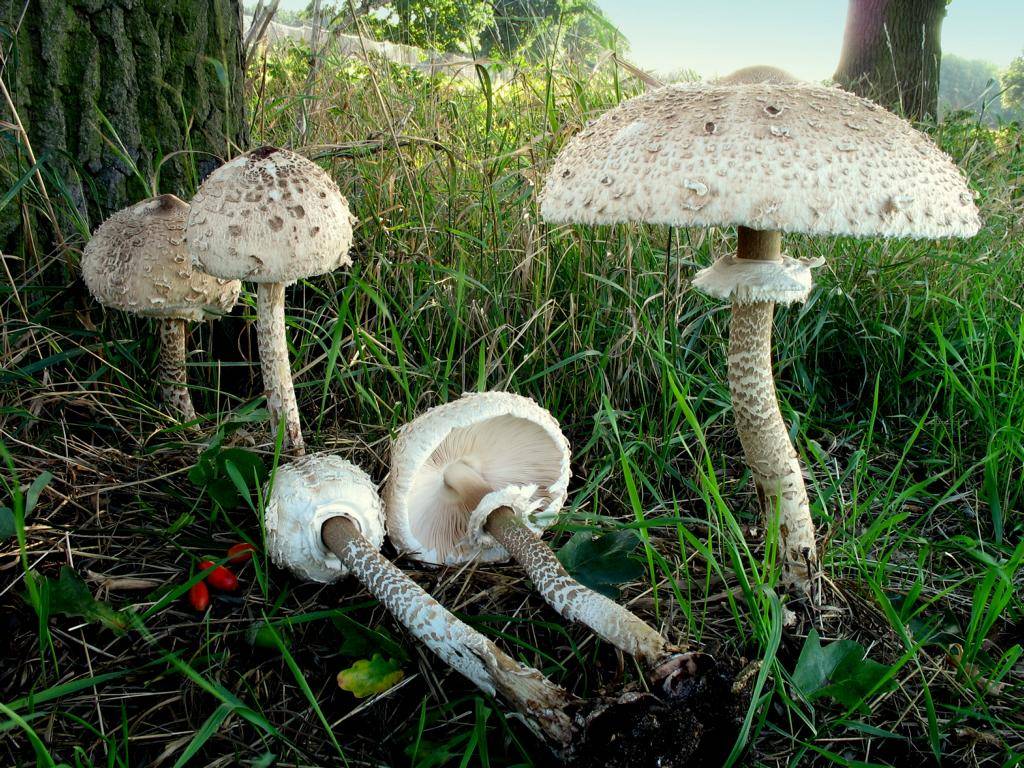
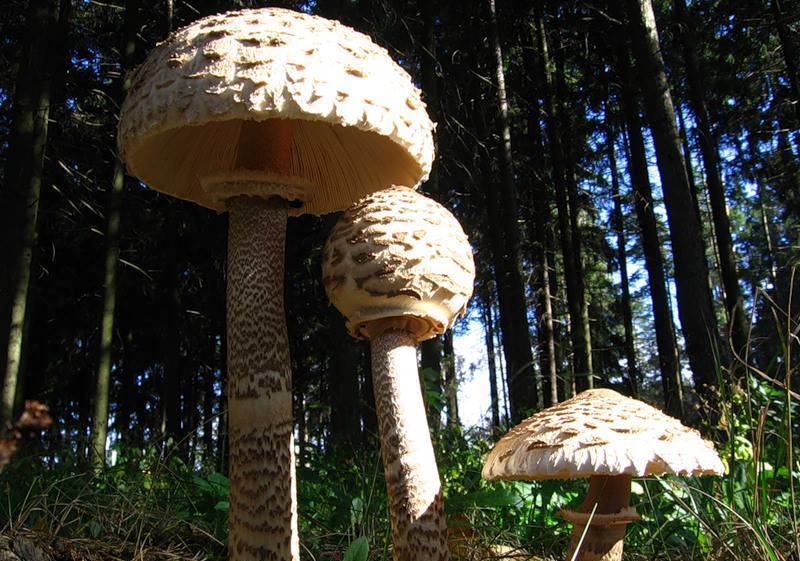
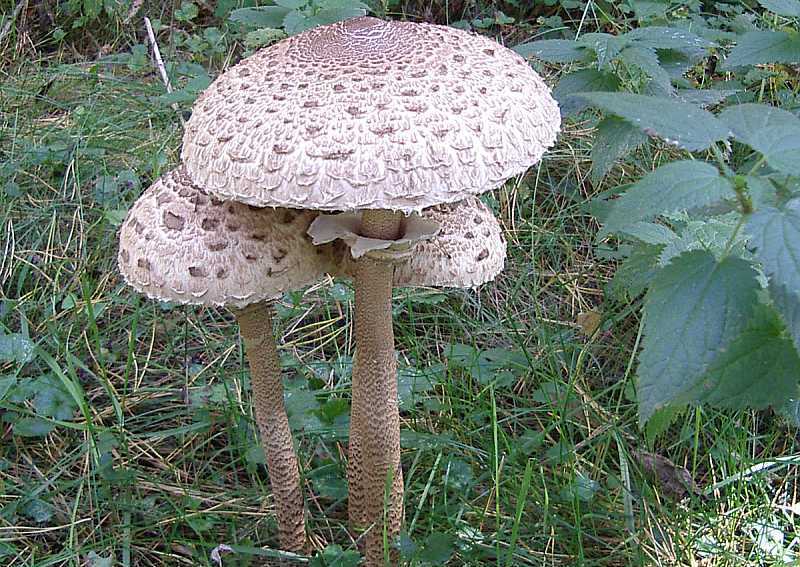

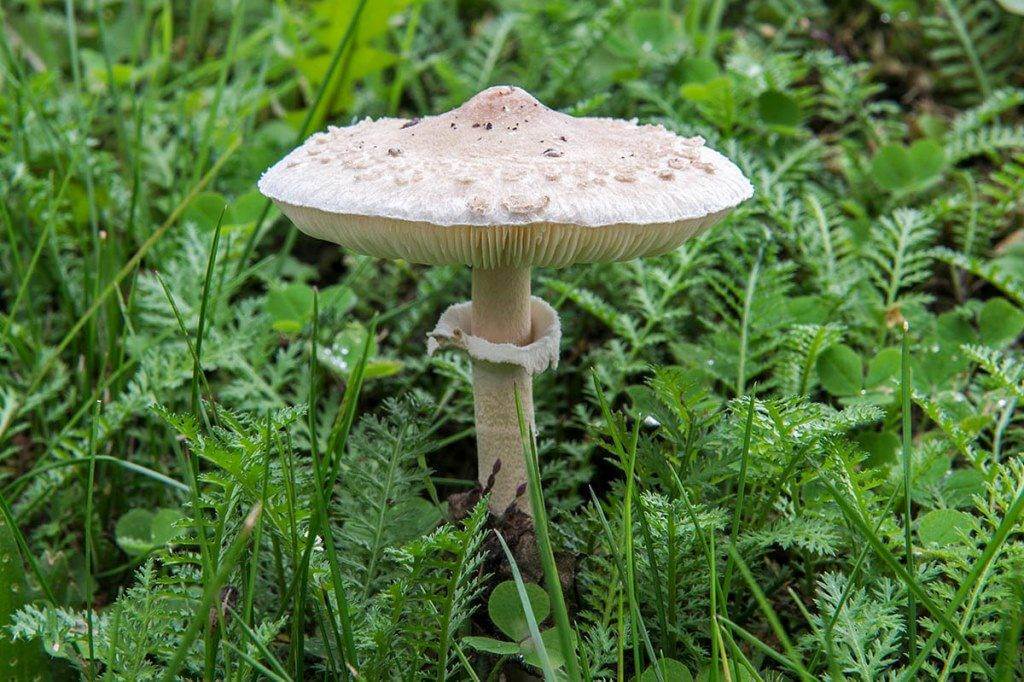
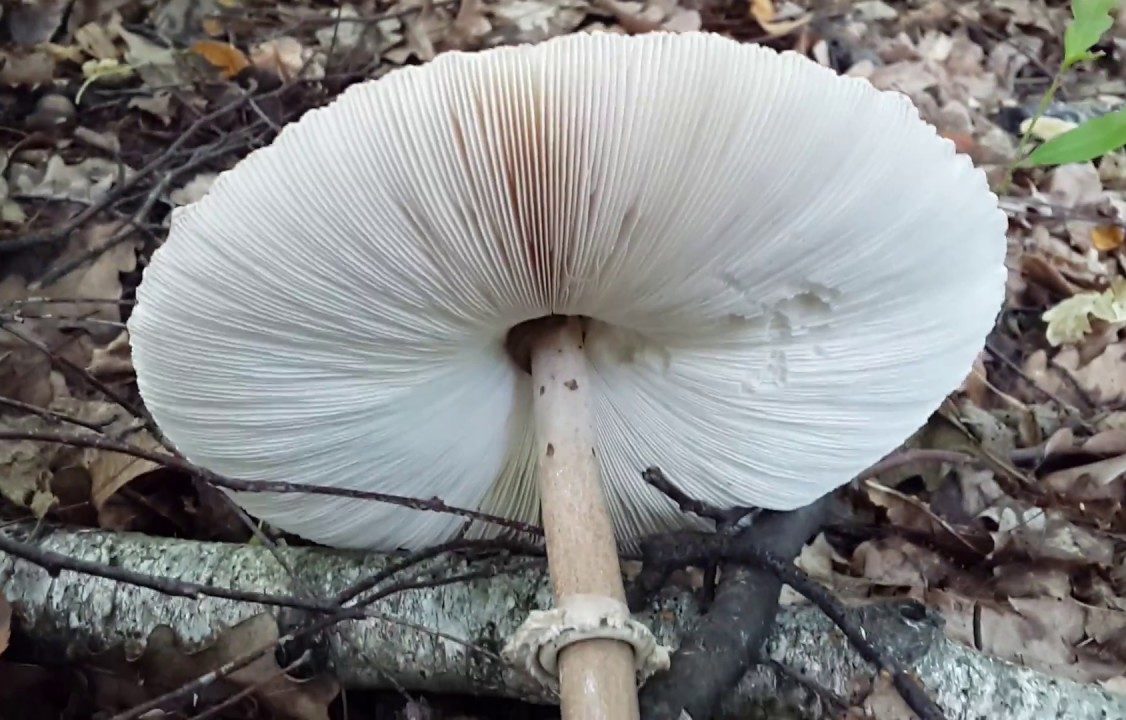
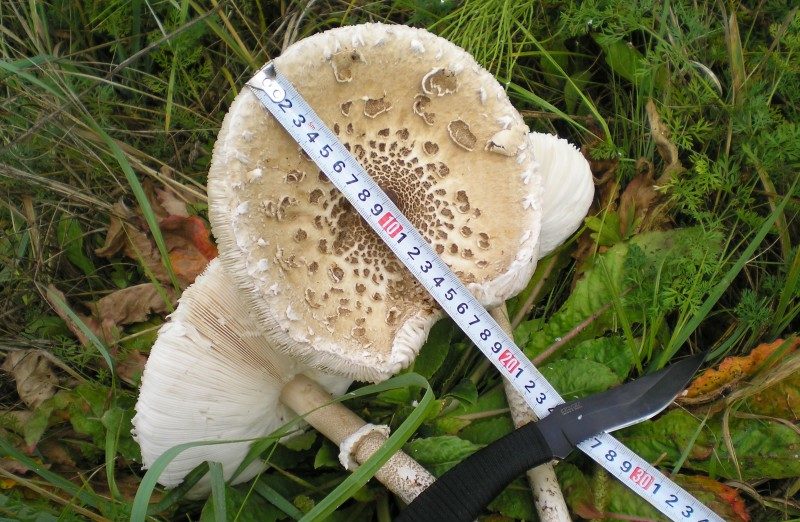
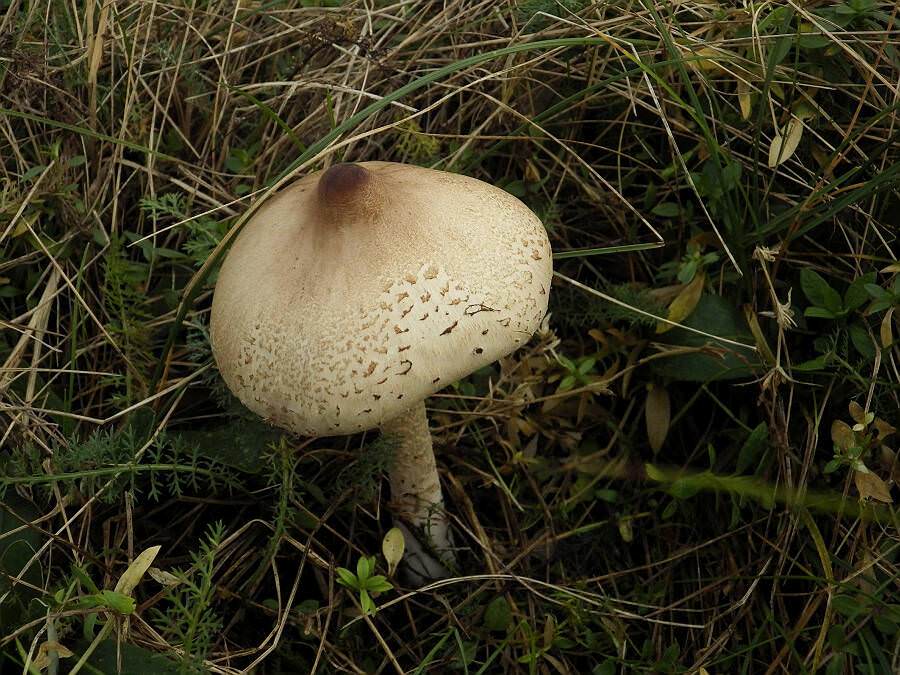
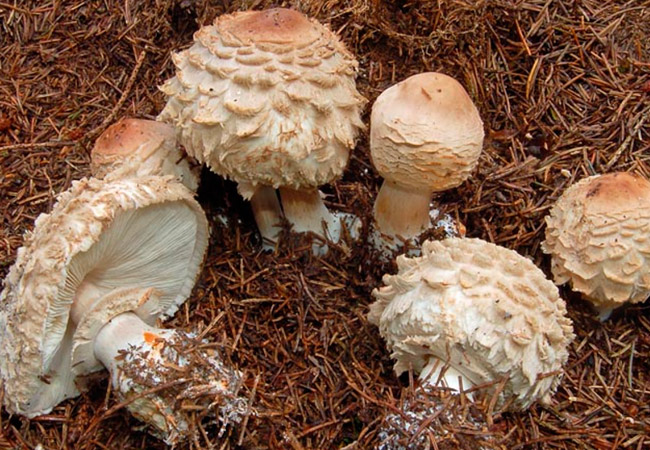
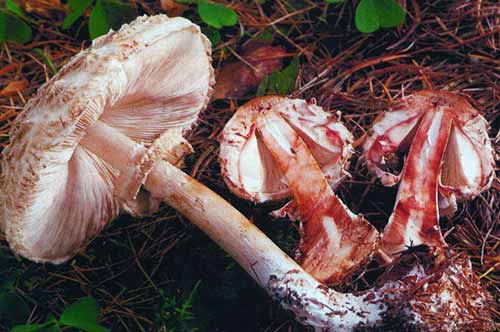



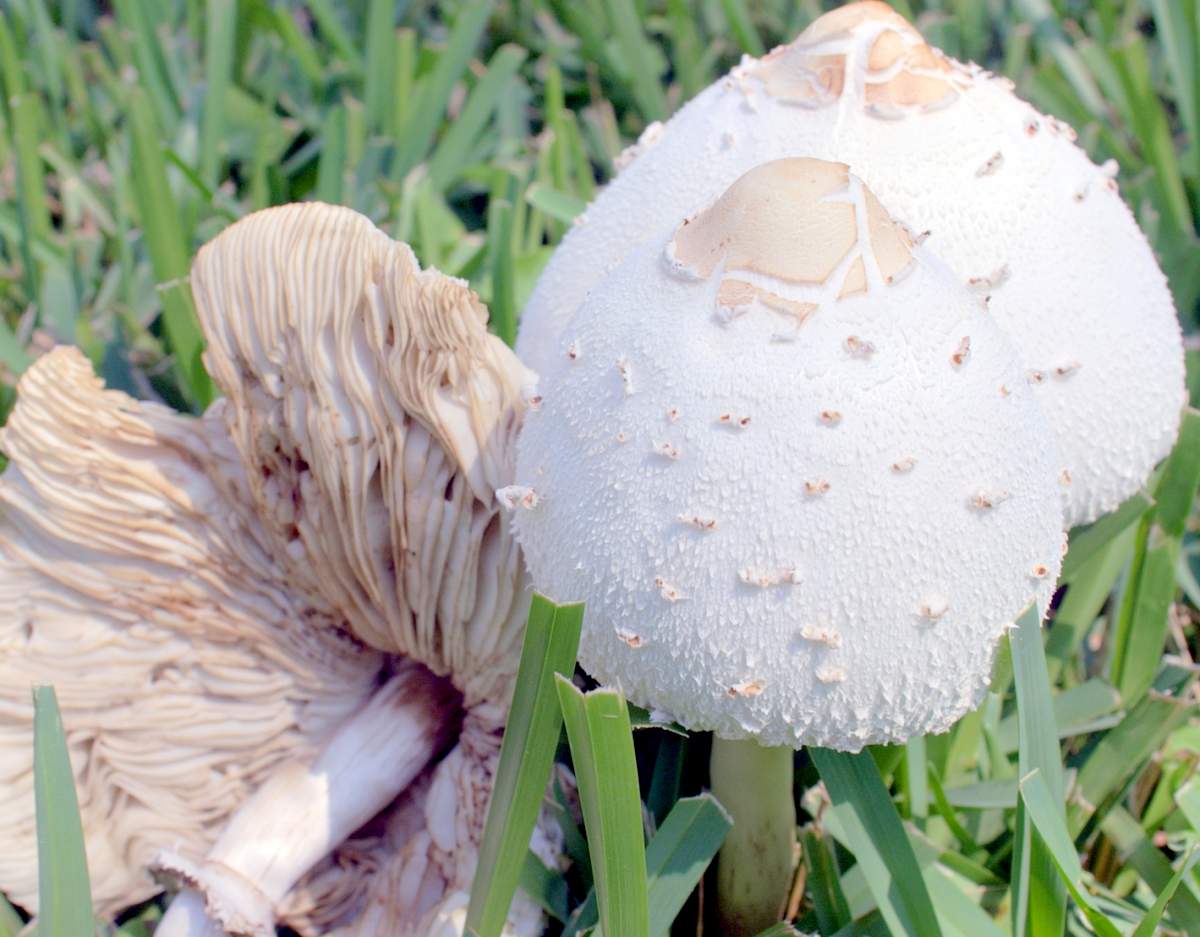
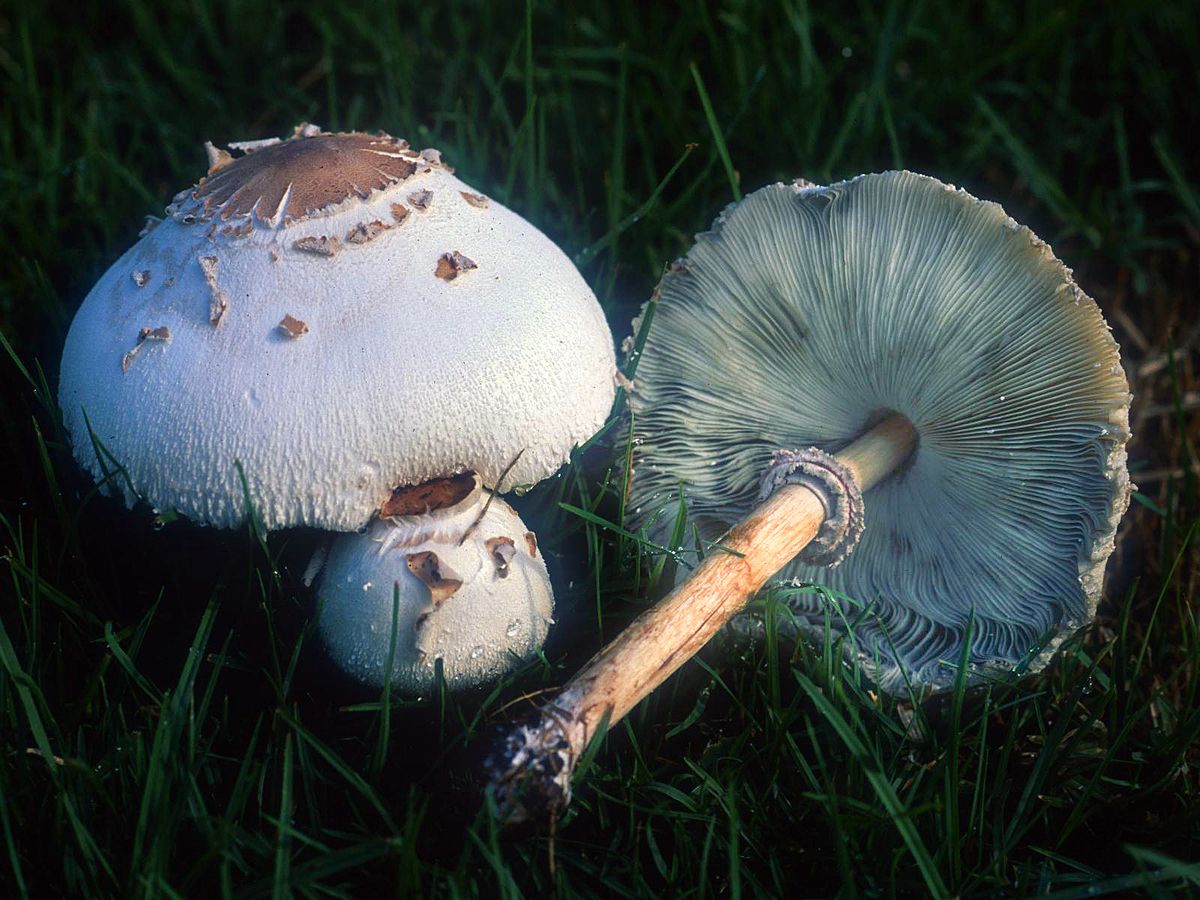

 Care and use of Kombucha at home (+22 photo)
Care and use of Kombucha at home (+22 photo) Edibility of the fungus of the motley umbrella and its description (+19 photo)
Edibility of the fungus of the motley umbrella and its description (+19 photo) Description of edible and inedible oils, their poisonous counterparts (+40 photos)
Description of edible and inedible oils, their poisonous counterparts (+40 photos) Useful properties of milk mushroom and its contraindications (+17 photos)
Useful properties of milk mushroom and its contraindications (+17 photos)